Someone recently asked me how I thought the music industry had changed in the UK for young musicians since the 1990s. Unfortunately, I haven’t been a young musician since the 1990s, so I can’t tell you what it’s like to be one these days. But from what I have seen, the upcoming bands of today have it much harsher now than we did back then, even without a pandemic.
At least we had a chance.
Part One: The Rise of the Atom Seed
Words: Chris Dale
This is the story of a band I was in that got caught up in the craziness of the major label world many, many years ago. It was a world run by insane amounts of money, on credit card expense accounts advanced by accountants in what was then a multi-million dollar industry fuelled by booze, glamour, drugs, more booze and other artists’ platinum album sales, all of which happened just before the internet, streaming and file-sharing were invented.
It was a fun and fascinating era to be part of.
It should be mentioned that all this excess could only be funded because artists’ share of a record sale was usually and theoretically around 70 pence (the record company, shops, taxman etc took the rest). But 70p is still an awful lot more than 0.008p, which is roughly what Spotify and other streaming companies currently usually pays an artist per listener. The old business model is then not practical today, but this is only the story of what used to happen, not what should happen.
It also should be honestly noted from the start that this is only my side of the events as I recall them. There were four of us in the band and many more in the management, crew and record companies, each of whom probably has their side of the story to tell. And that may differ in understanding and detail from mine. Unquestionably, things went on that I didn’t know about or understand. This is just how I saw it from my limited view.
The band that I was involved in was called the Atom Seed, but this story probably has similarities to any number of bands back in those days. The details of which companies they signed deals with, how many thousands they spent fruitlessly on whacky videos and how much partying they did along the way will vary but essentially, the story of the Atom Seed is typical of many young bands caught up in the music industry hype of that period.
The Atom Seed had almost formed by accident in mid-1989. Paul Cunningham was the singer. He was into an eclectic mixture of the Rolling Stones, Public Enemy and the South London dance music scene. He rapped like Chuck D, crooned and strutted like Mick Jagger and gave his all with the onstage energy of an overnight raver.
The guitarist was Simon James Onions. He grew up on punk rock and worshipped at the temple of the two Jimmies- Hendrix and Page. Because he didn’t sound like the guitarists in Dokken or Queensrÿche, I didn’t appreciate his style at the time. As an adult, I’ve since realised that he was a very natural intuitive player and was pretty awesome in several ways.

They’d found a drummer, an Iranian guy called Amir who had never even heard of Dokken or Queensrÿche but instead loved jazz, funk and ethnic grooves.
He was super chilled out and way funkier than any drummer I’d worked with before in my limited Metal world. I loved him and he taught me a lot, but he wasn’t born to rock. His previous band was called Fazz Junk, geddit?
I met Paul and Simon in the Royal George Pub in the West End of London, when their last bass player (Chris Huxter, later of New England UK) had just departed after some heated rows – there was a pattern to heated rows in this band as I was later to find out.
They told me they had some gigs booked, and without hearing me play bass, they asked me to join the band.
“It doesn’t matter if you can play or not. Just come and do the gigs,” Simon said to me. That sounded encouraging (sort of).
As it happened, I’d just bought a slap bass tuition video a few weeks before and was practising solidly. I was also a big Billy Sheehan fan and worked on imitating his two-handed tapping techniques in my bedroom for years beforehand.
Inevitably then, any band I joined at that time was going to have slapping and tapping all over their music no matter if it suited their sound or not. Dokken and Queensrÿche would then have been terrible bands for me to join, but this conflict in logic hadn’t yet crossed my mind.

And so, by complete chance, we’d formed a funk-metal band. Hendrixy guitars, rapping vocals, funky drums and of course my ugly slap bass were effectively the defining factors of the genre.
And that genre was the new hot thing in 1989. Bands like Faith No More, the Red Hot Chilli Peppers and Jane’s Addiction were breaking through and were becoming the flavour of the month. I didn’t know that though, because I only liked KISS and Dio and Dokken at the time. And Queensrÿche.
So, we did a noisy rehearsal or two and then played a couple of club gigs. One was supporting Dawn After Dark in Southend and the second was at the old King’s Head pub in Fulham. It was just a noise at first.
People seemed to like the band, but at the time, I wasn’t too sure why. After all, we didn’t sound like Dokken or Queensrÿche, so why would anyone like us?

Then after those first two gigs, Paul the singer rang me, “Mate, are you really into this band?”
I didn’t know how to let him down gently, so I mumbled “Well, it’s kind of like…”
I was just about to tell him about Dokken and Queensrÿche, but he cut me off excitedly, “Cos we’ve got a gig coming up at the London Astoria if you want to do it?”
Aside from Hammersmith Odeon, the Astoria was like THE gig in London at the time! I perked up at this news, “Yeah, Let’s rock!”
So we did my third ever gig with the band at the Astoria Theatre in London’s West End, supporting Was Not Was. I was a bit shocked by all this. We’d gone from a suburban pub to a famous Central London venue in one very quick jump. I was even more amazed when we got offered a record deal after the show.
It was only a small deal by the standards of the day. It was an independent deal with FM/Revolver Records (Stone Roses, Marshall Law and Lisa Dominique were to be our label mates), but it promised us £1,500 to make an EP and £3,000 to make an album. No big lumps of cash in our grubby hands, but that was enough to record in professional studios with decent producers at the time.
It’s more than many small record companies can afford to pay out in advances pound for pound these days, but that total figure would be worth £11,250 in today’s money. Way more than a small independent could now risk in advance, having seen a 30-minute gig and not heard a demo yet.
Apparently, back then, they thought it was a reasonable financial investment.

Since before I met the band, they were managed by Sean Worall and Marina Anthony, who ran a fanzine called the ORGAN (this was back in the day when people would pay money for a photocopied fanzine on the streets outside a gig).
They had built up a reputation in the industry for discovering the next cool thing, having previously played a part in bringing bands such as the awesome Wolfsbane, the slightly crazy Ozric Tentacles and the very cool Cardiacs to the attention of the industry.
Sean designed our artwork and was also a master of the art of promotion. It was him that was responsible for our early jumps up the ladder.
Sean booked and promoted our gigs. He booked us (and we played) a ton of gigs in and out of London. He tirelessly pursued the press. He and Marina stood and handed out flyers for our shows at every possible rock venue and generally made us out to be the next big thing.

From the early days, the band had a hardcore following of about half a dozen regular fans, most of whom were girls watching Paul flex his muscles and hairy chest.
When six girls dance to a band, six guys will join them, more will join them, and before you know it, you’re getting a mosh pit and going down well at small shows.
Like the audience, we were young and we shouted and jumped around a lot. We were also getting better and tighter as a band and Paul was gaining confidence by the day and becoming a real master of the crowd.
We soon gained a nationwide reputation as a live band strengthened by relentless UK tours supporting Marshall Law, Wolfsbane, the Electric Boys and the Red Hot Chilli Peppers on their Mothers Milk Tour.
The support tours were all enabled by Sean Worall and the staff at FM/Revolver (namely Dave Roberts and Clare Britt) via their dealings and buy-ons with various booking agencies. But it was paying off through the following we were picking up from them on our own headline shows.
With underground and mainstream music press support, we quickly began headlining and selling out venues across the UK like the Marquee in London and Rock City in Nottingham with storming live reviews. We could do no wrong.
As a slight aside from the music business talk, it should also be mentioned that were having the time of our lives on tour. We argued like cat and dog between ourselves, but we were also partying solidly up and down the country with our equally debauched crew.

(L-R Nik Haskins, Simon James, Amir, Rudy McRoadie, Paul Cunningham, Andy Veasey and me)
Irrespective of our irresponsible offstage antics, it was all going a bit wild a bit too quickly on the business side as opposed to our musical side.
When I’d first joined the band about a year before, they had about six songs written, and we did a couple of Hendrix covers to amuse Simon and fill out the set to 45 minutes or so.
We recorded four songs of those six songs on the first EP and wrote two or three more around that time. Then we were scheduled to record an album when we only had about four or five new songs ready.
So, we re-recorded two songs from the first EP (after all Ratt did the same thing from their debut EP to album, so that was a good precedent by my reckoning), and then Simon, Paul and our producer Mark Flannery really worked hard to come up with another three or four songs in the week just before the recording.
That was pretty much every song we could possibly muster.
We recorded the debut album at Loco Studio in South Wales, over a couple of weeks in 1990. It was a residential studio with our own bedrooms and hot meals cooked for us. We thought it was luxurious, even on an independent label. Mark was also a great producer to work with, very positive, creative and encouraging all round. Just what we needed on our debut album.
When the ‘Get In Line’ album came out, the UK rock music press such as Kerrang!, Metal Hammer and Raw, who had always supported our gigs, now also gave the album great reviews, including a full five K in Kerrang! thanks to Mörat.
We continued touring and selling out venues, and now the major record companies started to take an interest.
We were now managed directly by Dave Roberts and Clare Britt, formerly our A&R at FM/Revolver. They began negotiations for us with the majors.
As I mentioned before, the whole Funk Metal scene was taking off around this time. Jane’s Addiction, Living Colour, Faith No More and the Red Hot Chilli Peppers pioneered a genre that was having serious success in terms of record sales.

When trends like this kick-off, all the record companies go crazy trying to find more bands like them. It’s like a shark feeding frenzy.
It had been going on since the origins of the modern pop music industry when all the Mowtown, California Surfer and Merserybeat bands were signed. The same can be said of the London Punk Scene of the mid 1970s, the NWOBHM scene of the late 1970s, the LA Glam and SF Bay Area Thrash Scenes of the 1980s, the Seattle Grunge Scene of the 1990s and the similarly timed Brit-Pop Scene.
This always happens.
Inevitably one or two bands from each trend have some long term international success while the rest gradually get dropped by the wayside. From the clueless record companies’ point of view, it was a case of ‘if you throw enough shit at a wall, some of it will stick’. They could afford to invest a fair amount of money into a few bands if one or two made it to platinum status.
From what the industry was making from the success of bands like Maiden, Metallica and Guns n’ Roses, it wasn’t a problem that they lost a fraction of that gambling on a dozen similar bands each time.
From the bands’ point of view, they had a fantastic opportunity to present their work funded entirely by record company investments. If we made it big, we would have to pay it all back to the company from our royalties, but if we didn’t, it would all get written off as a free holiday.
And so it was that the Atom Seed accidentally fitted this ‘Funk Metal’ genre perfectly, and the record company sharks began to swim around our shows.

With the Atom Seed however, there was an added factor of doubt. It was like the Emperor’s New Clothes. In all the fuss and haste, nobody seemed to have noticed that we were out to get a major record deal without a demo tape.
Despite that one minor problem, there was a bidding war between several labels for us. One company would offer one sum, and another record company would bid more. I must say that Dave and Clare gambled everything and kept them all guessing expertly.
Eventually, in early 1991, we signed to London Records, the UK home of Faith No More, Salt N Pepa and East 17.
The sum total of our promised advances from London Records with a similar amount for our songwriting publishing deal signed with EMI, came to around a quarter of a million pounds give or take (well over half a million in today’s money).
Nobody pays that kind of money to a rock band these days. Let alone one without a demo!

We didn’t get all this as cash in our hands, or we’d have partied it away instantly.
Much of the promised advances were in the form of future conditional clauses in the contracts and not yet available to us. What we did immediately get was sensibly banked by management for use on recordings, advertising, tours, crews, lawyers, equipment, flight cases, our modest wages (we took £125 a week each) and a myriad of sundry expenses which all made it possible for us to record, promote and tour an album properly.
Plans were made for single releases, advertising campaigns, promotional videos, US press schedules and UK and European tours. It didn’t make us rich, but I remember sitting in the EMI offices in the West End of London sipping champagne with the dignitaries thinking it amazing that this strange dysfunctional band had somehow made it big!
It was about eighteen months since I’d joined the band. And yep, we’d hit the big time!
Part 2 of this article will give you a glimpse into what happens when the South Sea Bubble bursts.

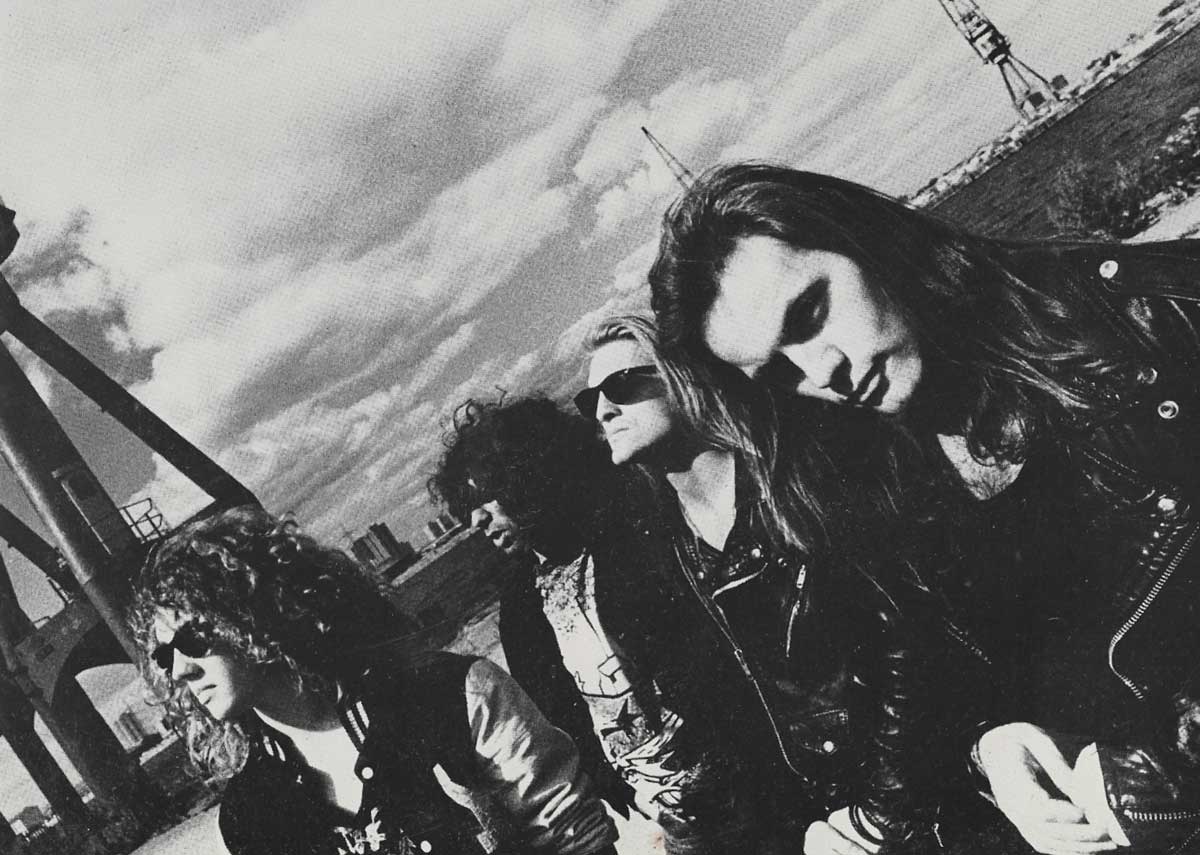
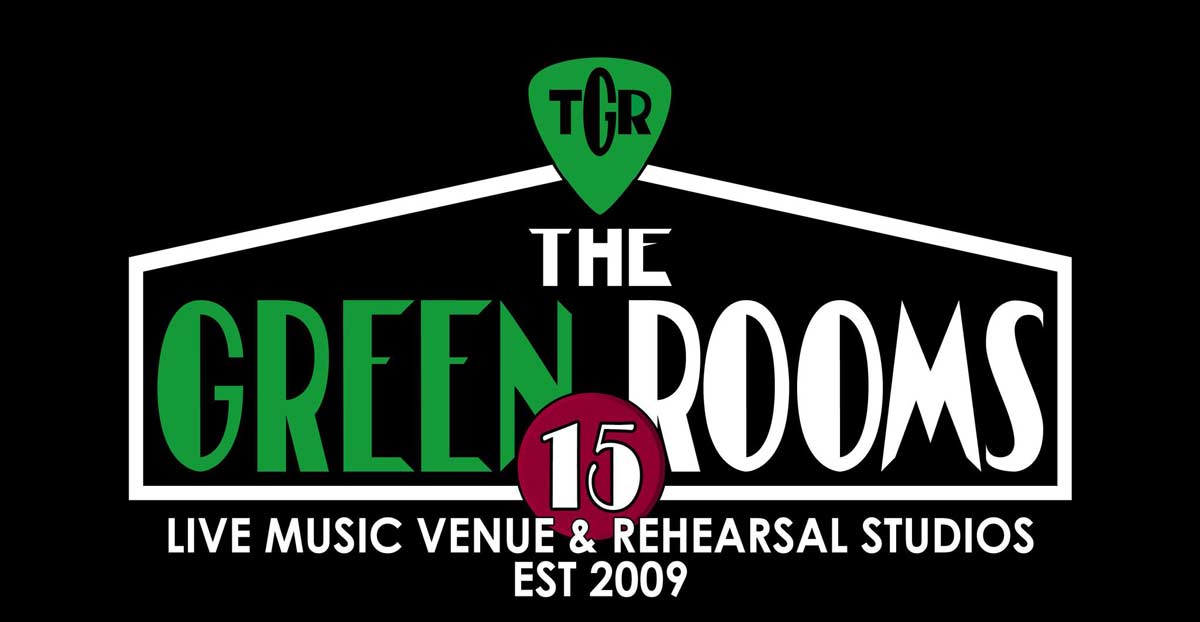
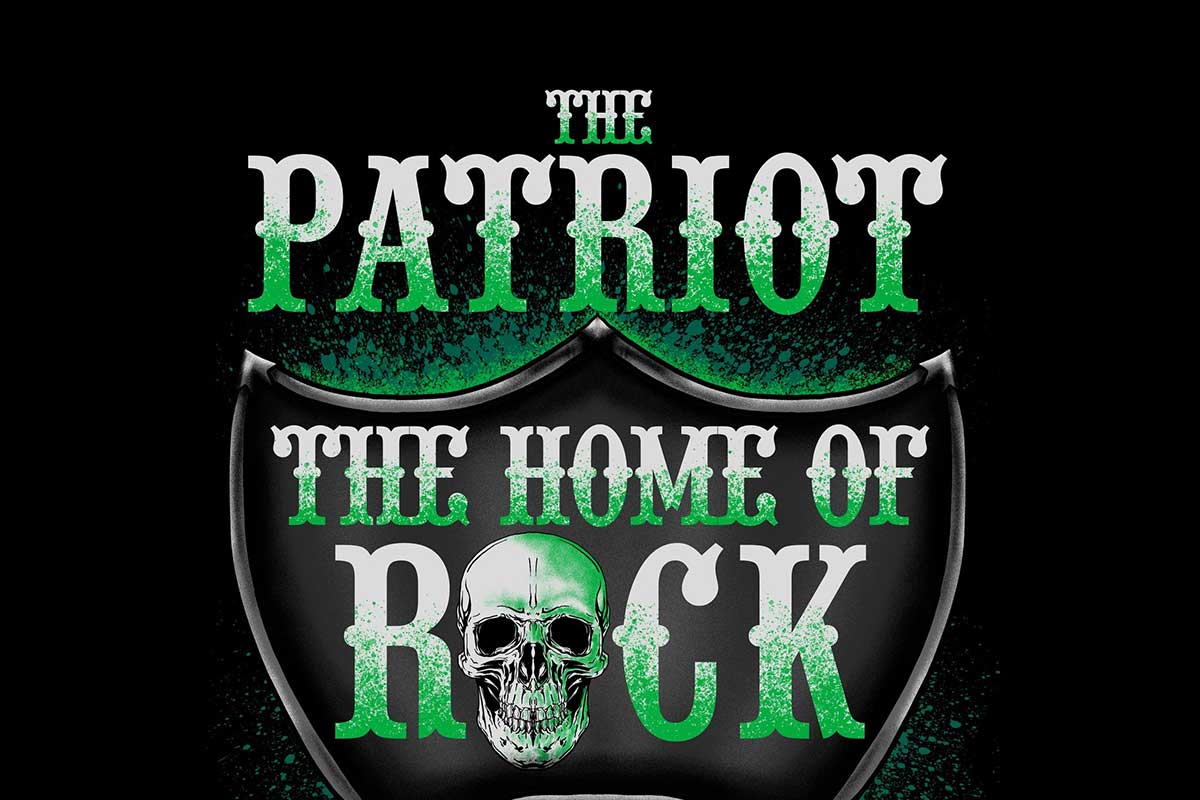
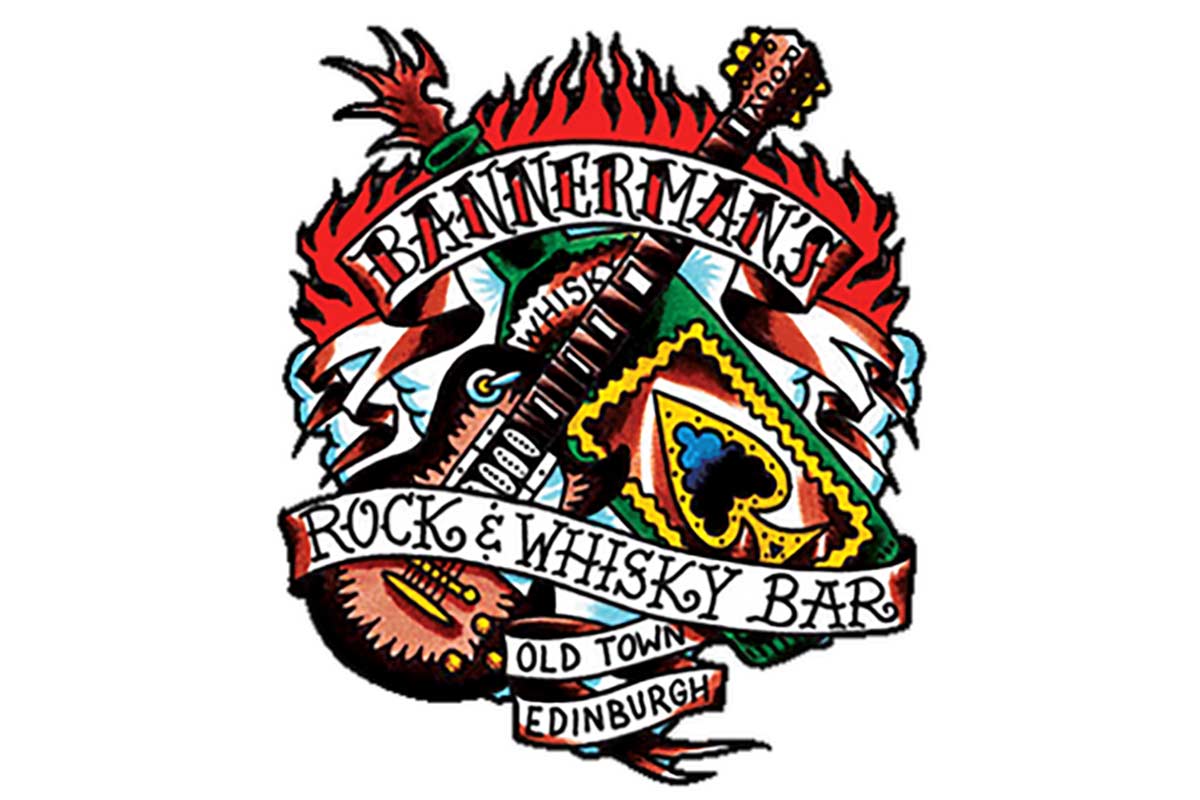
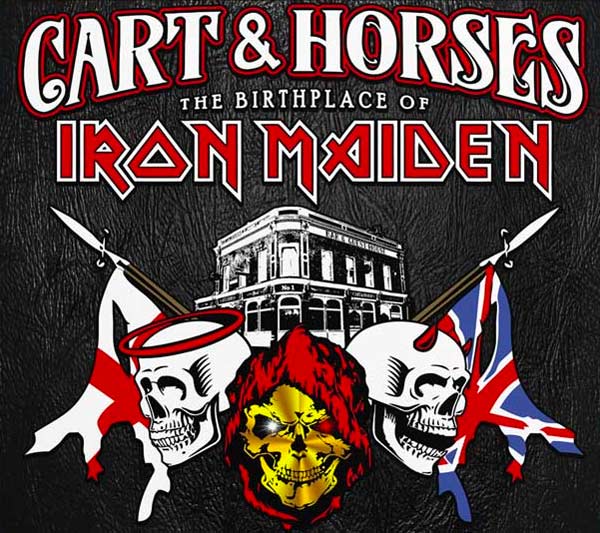
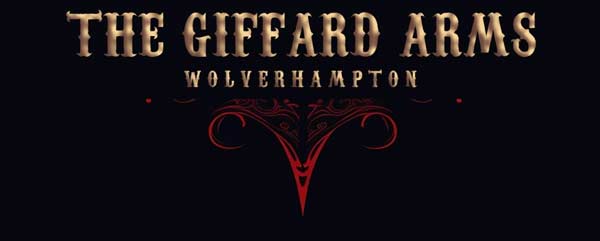
Excellent read, as always